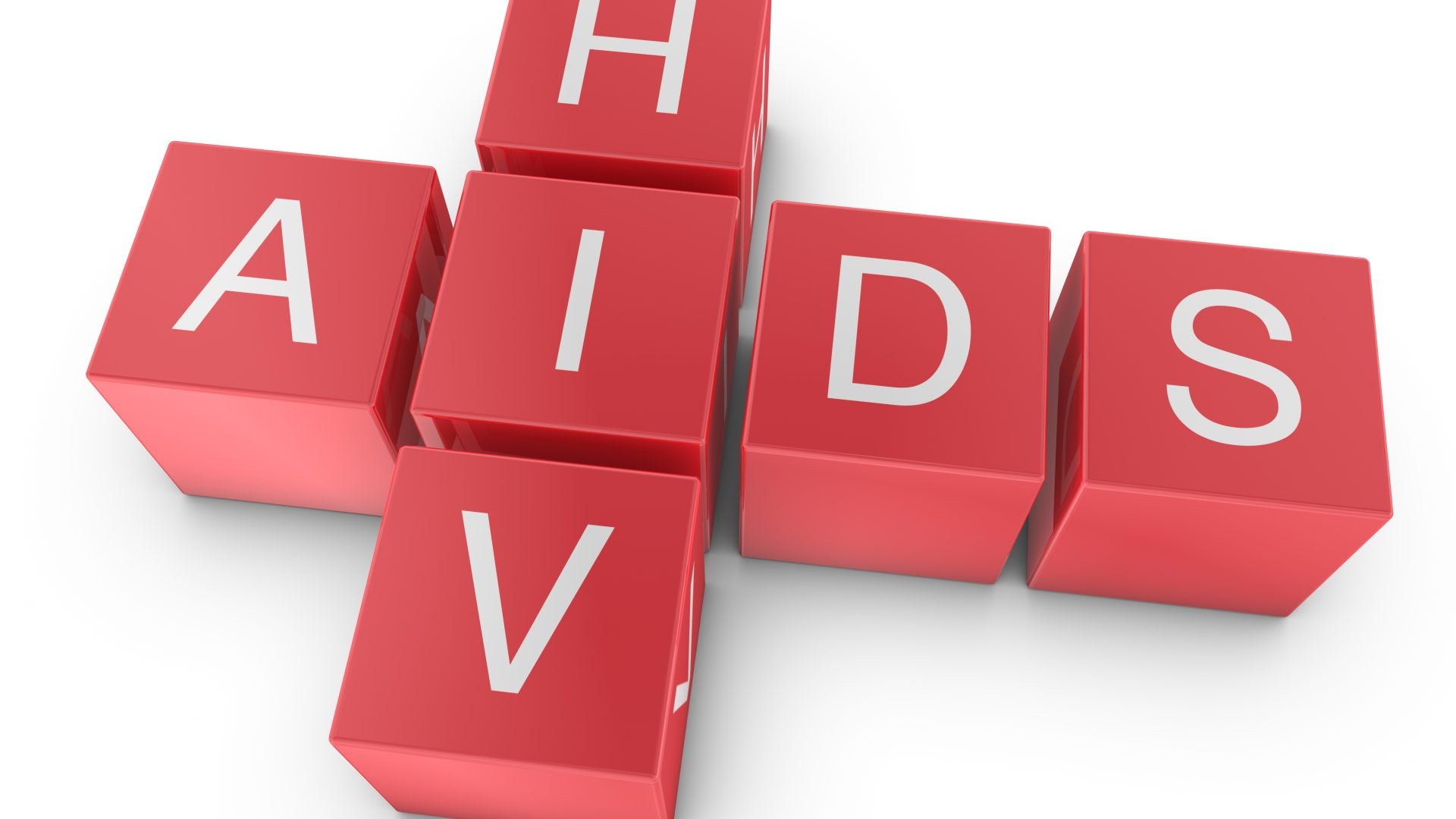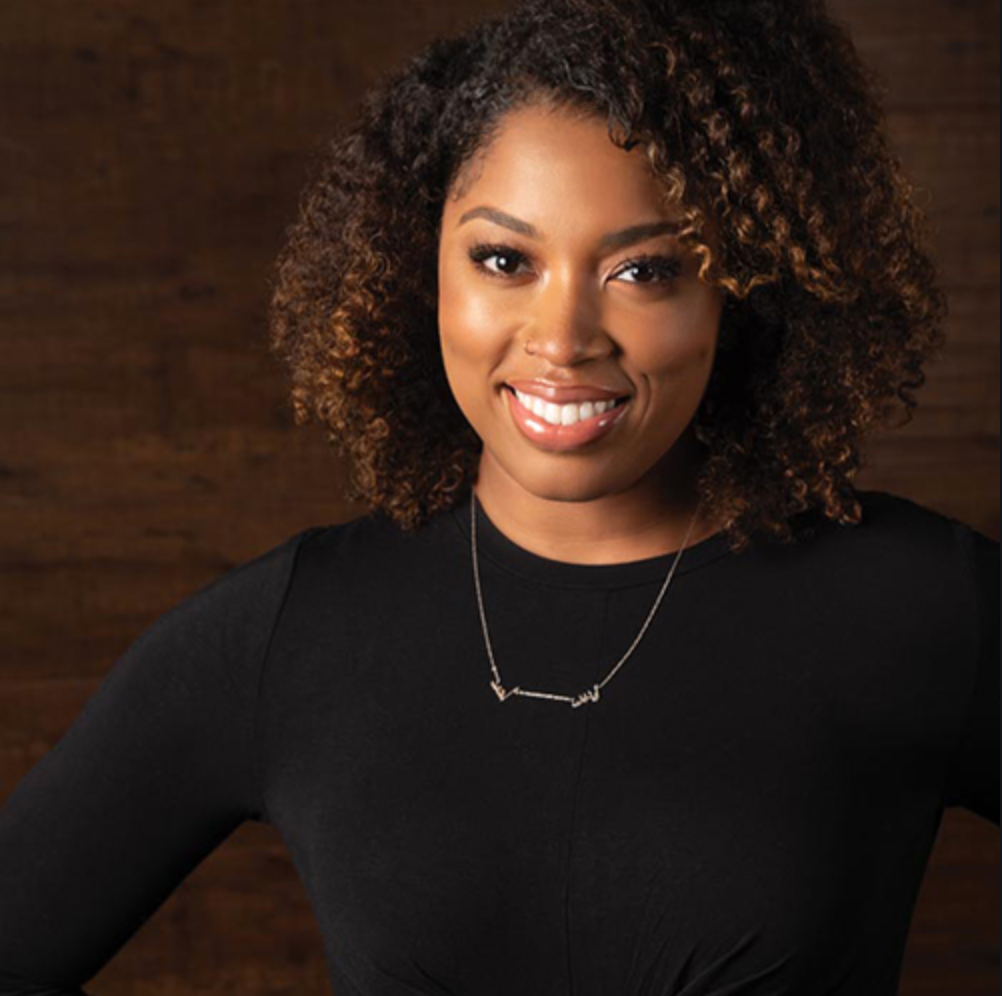
Raniyah Copeland, President and Chief Executive Officer of the Black AIDS Institute, has devoted her career to furthering the conversation around HIV/AIDs and the Black community. Today is National Black HIV/AIDS Awareness Day and we sat down with Copeland for an intimate conversation about where the Black community stands in the current war against HIV/AIDS and the work that still must be down to increase our progress, lower our rates, and ultimately, save lives. Better understanding the situation is step one in how we do our part to stop the spread of HIV/AIDS in the Black community. Here’s why we still have work to do. This is an edited excerpt from our powerful conversation.

ESSENCE: It’s important to understand how we can each do our part in better understanding the statistics as we promote more awareness within our community. We often hear people say, “Numbers are down, people are living longer.” Is that true with Black women?
RANIYAH COPELAND: Overall we’ve seen new HIV cases in many populations go down. In 2016, Black women made up 60 percent of all new HIV cases, even though Black women only make up 13% of the US population. Over the past decade, we have seen new HIV cases actually decrease amongst Black women and girls. There was a 21 percent decrease which is significant. But we’ve also been modeling. The CDC has done this modeling, and they saw that, there’s been a decrease in new HIV cases, but for example, if Black women were affected by HIV in the same way that White women were, the new HIV cases among Black women would be down by 93 percent, so we’re seeing a decrease, but we’re not seeing a decrease as dramatic as our white counterparts. Even still, we’ve had these amazing advancements when it comes to HIV and we have this concept of treatment as prevention and people who are living with HIV, we have so many new medications that, for most people, they can work with their doctor, they stay on medication regularly and they’re able to suppress the amounts of HIV in their body to a level so low that it’s undetectable through the test. When the level of HIV is that low in your body, it’s not harming your immune system and you’re able to live a long and healthy life. And, on top of that, um, you can’t spread HIV sexually that way, if you have an undetectable viral load. Theoretically, this should dramatically be able to decrease new HIV cases and when we see that amongst the white population. But in the Black community, in Latinx communities, communities of color, we still have this epidemic that’s continuing, even though we have tools that can end HIV that are really kind of ending HIV in white communities. But that’s not happening in Black communities.
What is the disconnect there? Why is it not working in our communities with so many more drugs and treatments available?
The foundation, I would say, is about anti-Black racism and the racist systems that we have in the US that really have institutionalized racism and fuels health disparity overall. You can look at Black life overall, when you look at health, we do worse in almost every situation—every health outcome, and it’s not usually because of the things that we do. This is true with HIV. Black people, we have less sexual partners. We use condoms more often than white people, but we have HIV more and HIV is in our community more because it’s really about these structural and social determinants of health, [which is] what we call them in the public health field. And that’s things like housing. That’s poverty. That’s incarceration. That’s intimate partner violence. All of these things, we see they impact, they fuel, and they drive HIV in our communities.
Go on.
I always start off talking about how this is about, ultimately, systems. When you look at income levels, for example. Income level in America is very much driven by and along lines of race. Poverty impacts so many things. Poverty impacts the education that they’re gonna receive, access to quality food, access to quality healthcare services. So poverty, like I said, is very driven among lines of race and really we can spend much of it taking the Black community back to slavery. And so how do we have systems in place that respond to that? We know, for example, mass incarceration drives HIV as well, and that people who are living with HIV are more likely to be incarcerated, to have experiences of being incarcerated than not incarcerated. That drives HIV within our communities.
What do we do next?
I think that, you know, there is work that has to be done, and I think that we’re at such a different kind of place with the racial uprising we’ve seen, the kind of racial reckoning the country is having. We’re being able to say, like, “We have all this money we invest in things. Let’s invest in these, like, subpar systems, these racist systems that we know fuel inequity.” What would it mean to actually get us healthcare access to all people? Which we know is really important when it comes to responding to HIV. And what would it mean to have quality education for all people? Where we would probably then have clinicians that look like the communities they’re serving, which we know improves health outcomes for communities who are impacted by HIV. Those are things, kind of upstream that I would say are important for us as Black folks to be advocating for and being able to see how responding to HIV is a racial justice issue, a social justice issue, and how we have to continue advocating and mobilizing for equity across these various systems that impact Black lives.
How can we help even if we’re not a part of the community? Even if we’re not positive?
For Black folks, we need to know, we need to all be tested at least once a year. Many in our communities test more often than that, but if you talk to your doctor or clinician, they can help you with that. All Black folks need to know about PrEP: pre-exposure prophylaxis, this amazing technology that we have where people who are HIV negative can take a pill every day and it decreases the risk that you’re gonna have of acquiring HIV. This is pretty game changing, kind of like birth control for HIV. And then we also have treatment as prevention that many people don’t know about. It’s important and critical for us to be talking about and being clear on them. All of those things help us in responding to stigma. There’s still often a huge amount of stigma associated with HIV that is fueled by misinformation and then also fueled by homophobia, transphobia. It’s about kind of sex shaming and judgment and that there’s a lot of work that we can do in bringing those conversations to light and having those conversations on social media, in our group texts, and in our chats with our family, and bringing the pieces of information we need.
And what about helping upstream?
I think there’s lots of things that people can do…Find out who your local Black organizations are, the organizations that are on the ground doing work around equity or working and responding to mass incarceration, intimate partner violence, black-led trans organizations. There is this whole field of us who do social justice work and many times we are not funded as well as white-led organizations, white-led nonprofits. So there’s been that kind of support that I think has been amazing. It doesn’t always have to be a donation. Following us on social media, sharing the information that we have on social media, signing up for programs that we have locally, I think are ways that Black folks in communities can also be a part of how we’re ending HIV. By advocating with, getting behind and supporting organizations and movements that are doing this work every day.